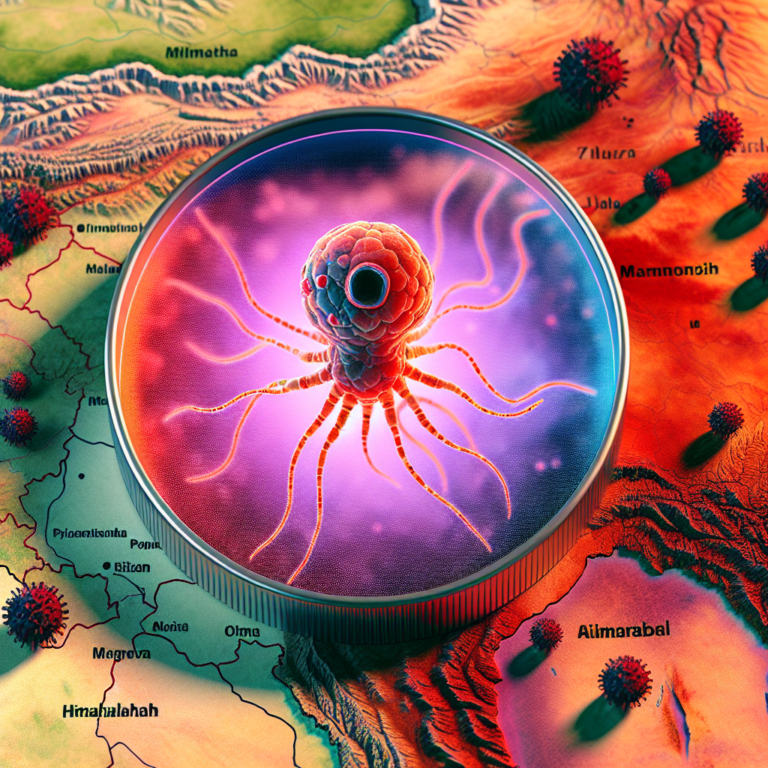Summary
- Leishmaniasis, a neglected tropical disease caused by Leishmania parasites, has historically manifested as visceral or cutaneous leishmaniasis.
- Emerging interspecies and intraspecies hybrids have been associated with cutaneous leishmaniasis in regions like Sri Lanka and Himachal Pradesh, India.
- Two new cases of cutaneous leishmaniasis in Himachal Pradesh were caused by L. donovani parasites belonging to the ISC1 Yeti clade, which are not hybrid parasites previously identified in the region.
- Genetic analysis showed that the newly identified parasites were not hybrids but clustered within the ISC1 Yeti clade of L. donovani, indicating a unique lineage associated with cutaneous disease outcomes.
- Continued molecular surveillance of atypical L. donovani parasites causing cutaneous leishmaniasis is essential for effective control and elimination programs for leishmaniasis in the Indian subcontinent.
Researchers from McGill University and other institutions have been studying Leishmaniasis, a tropical disease caused by the parasite Leishmania. They have identified new cases of cutaneous leishmaniasis (CL) in Himachal Pradesh, India, caused by a lineage of L. donovani belonging to the ISC1 Yeti clade. Genetic analysis showed that these parasites are not hybrids, like previously identified cases, but are distinct from the core L. donovani population. The emergence of atypical L. donovani parasites causing CL highlights the need for continued molecular surveillance in the region.
The findings suggest that atypical L. donovani parasites may be increasingly causing CL in the Indian subcontinent, with reports of cases in Nepal as well. This poses a concern as these parasites can cause both CL and visceral leishmaniasis (VL). The ongoing efforts to eliminate kala-azar, a severe form of leishmaniasis, need to include surveillance of atypical L. donovani lineages associated with CL to break the transmission cycle and sustain the elimination program. By understanding and monitoring these emerging parasites, healthcare professionals can better control the spread of the disease.
The research team emphasized the importance of including surveillance of atypical L. donovani lineages associated with CL in VL elimination programs. The findings support the argument that CL cases caused by these parasites may contribute to the transmission cycle of VL in some patients. By identifying and monitoring these atypical lineages, healthcare professionals can better target their efforts to control the spread of leishmaniasis in the region. This research underscores the crucial role of genetic surveillance in understanding and managing parasitic diseases such as leishmaniasis.
Source link
Infectious Diseases,Dermatology,Public Health & Prevention


